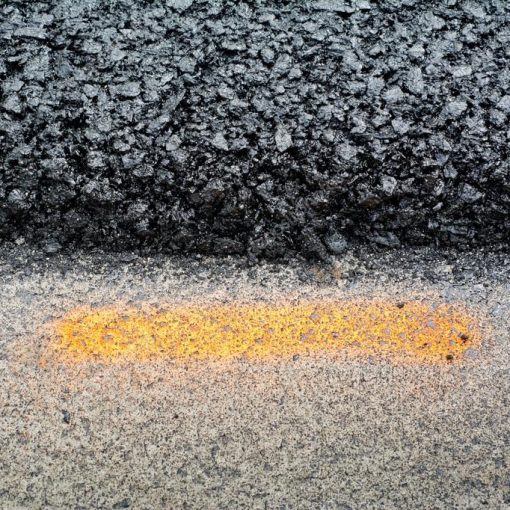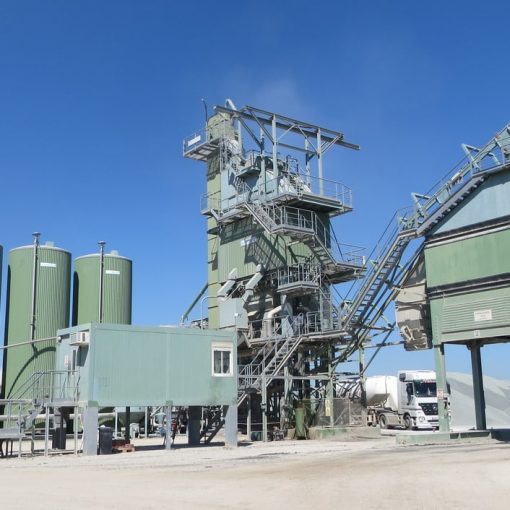Asphalt quality
Asphalt quality directly affects how long the asphalt surface will withstand weather conditions and continuous use over time. A well-built road has a longer period of operation and less chance of requiring repair in the first few years. Successful asphalt manufacturers always follow current technological advances and maintain quality control measures.
The quality of asphalt is especially important for the road contractor if, as a contractor, he has an obligation to maintain it over a period of time. If the road is of good quality, repair costs will be minimized, which will achieve significant savings. Road safety is one of the basic conditions that the road must meet. Road damage has a negative impact on the safety of road users, and with quality asphalt, the damage will be minimized.
Road construction and maintenance materials
In order to make quality asphalt, the appropriate materials and the appropriate composition of the asphalt mass must be selected. Non-binding and binding materials are used when installing asphalt.
Bonding materials (aggregates) can be found in nature or obtained by processing. Complete quality management starts from the moment of collection and processing of these aggregate materials. Aggregates of different sizes must be used to create the optimal mixture and all aggregates must be tested to ensure quality.
Bonding materials are obtained when the binder is mixed with the aggregate. Bitumen is mainly used as a binder in the construction of roads. An important step in the construction of a quality road is to determine the exact type and percentage of bitumen in the asphalt and additives that improve the characteristics of the asphalt. Thanks to the variability of the type and quantity of components, it is possible to produce asphalt that will have different properties and thus be adapted to specific needs and requirements.
In addition to the use of quality aggregates and binders, in order to obtain quality asphalt, it is important to determine the optimal ratio of the components in the mixture. The optimal composition of the asphalt mixture is vital for the durability and stability of the asphalt road. If there is a little binder in the mixture, it will be porous, the grains will not be well connected to each other, and the asphalt built in this way will be brittle, not resistant to external influences. In contrast, the asphalt mixture with many binders is greasy, does not have the required stability and is easily deformed in heavy traffic.
Better quality and better choice.
When making a decision to build a road, is more expensive always a better choice?
Better quality is always expected for a higher price, but this is not always the case. With the development of technology, it has become possible to obtain better quality roads with lower construction costs. This is due to the additives that change the chemical composition of the mixture.
Choice between refined polymerized bitumen and bitumen for roads with additive
Polymerized bitumen
The first option is to use polymerized bitumen with aggregates. Polymerized bitumen is obtained in refineries by mixing road bitumen and polymer. The mixture obtained in this way is sensitive to external conditions and can not be stored for a long time, and due to unfavorable weather conditions, the mixture may fail (due to the impossibility of longer storage).
Bitumen for roads and additive.
Another option is to use bitumen for roads with aggregates and additive polymer PB25 . In this way, independence from the refinery is gained, production is significantly more favorable and nevertheless there are indirect savings as a result of non-storage and handling of polymerized bitumen.
The use of this option for road construction we call “improved asphalt production”. This product is a revolution in road construction and in addition to the savings in road construction, it brings a number of other benefits. The quality of asphalt, its durability and resistance can be further improved by reducing the contact angle between bitumen and aggregate. This can be achieved by adding a small amount of FO activator.



